The Ornamental Delight of Twin Houses Stands Out on Willoughby Avenue
George Straub was a successful builder and developer by profession and in 1886 hired architect Theobald Engelhardt to design twin houses at 809 and 811 Willoughby Avenue.

Editor’s note: This story is an update of one that ran in 2011. Read the original here.
In 1885, a wine merchant named Francis Ballay, and his friend George Straub, were walking down Lewis Avenue, where they both lived, in that part of Bedford called the Eastern District, when they were assaulted by two men. Ballay was injured enough to put him in the hospital, but Straub escaped serious injury by siccing his dog on the men, who were both caught by police moments later.
Perhaps this experience was the tipping point for Straub, because a year later he left Lewis Avenue for nearby Willoughby Avenue, moving to one of a pair of houses he had built at 809 and 811 Willoughby Avenue.
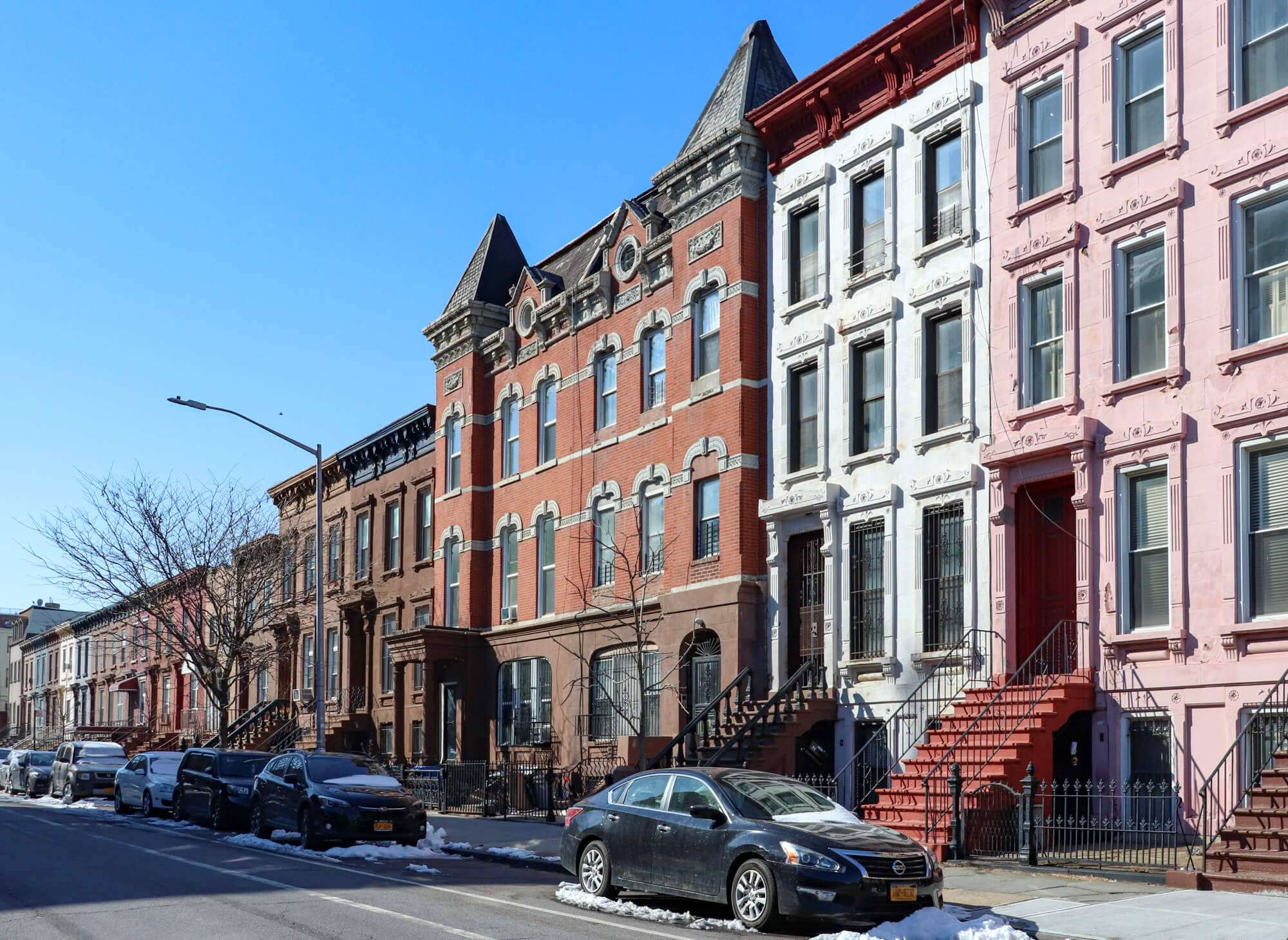
Straub was a builder and developer by profession, and was quite successful building tenements, row houses and stores in various parts of the Eastern District. He was also involved in politics, and served a term on the Brooklyn School Board.
Part of that district’s successful German-American community, Straub worked often with Theobald Engelhardt, one of Brooklyn’s most prolific architects. Straub and Engelhardt were both members of the Arion Singing Society, Bushwick’s very important German-American Singing Society and social club. In fact, Straub was on the building committee for Arion, when they picked Engelhardt to design their new headquarters.
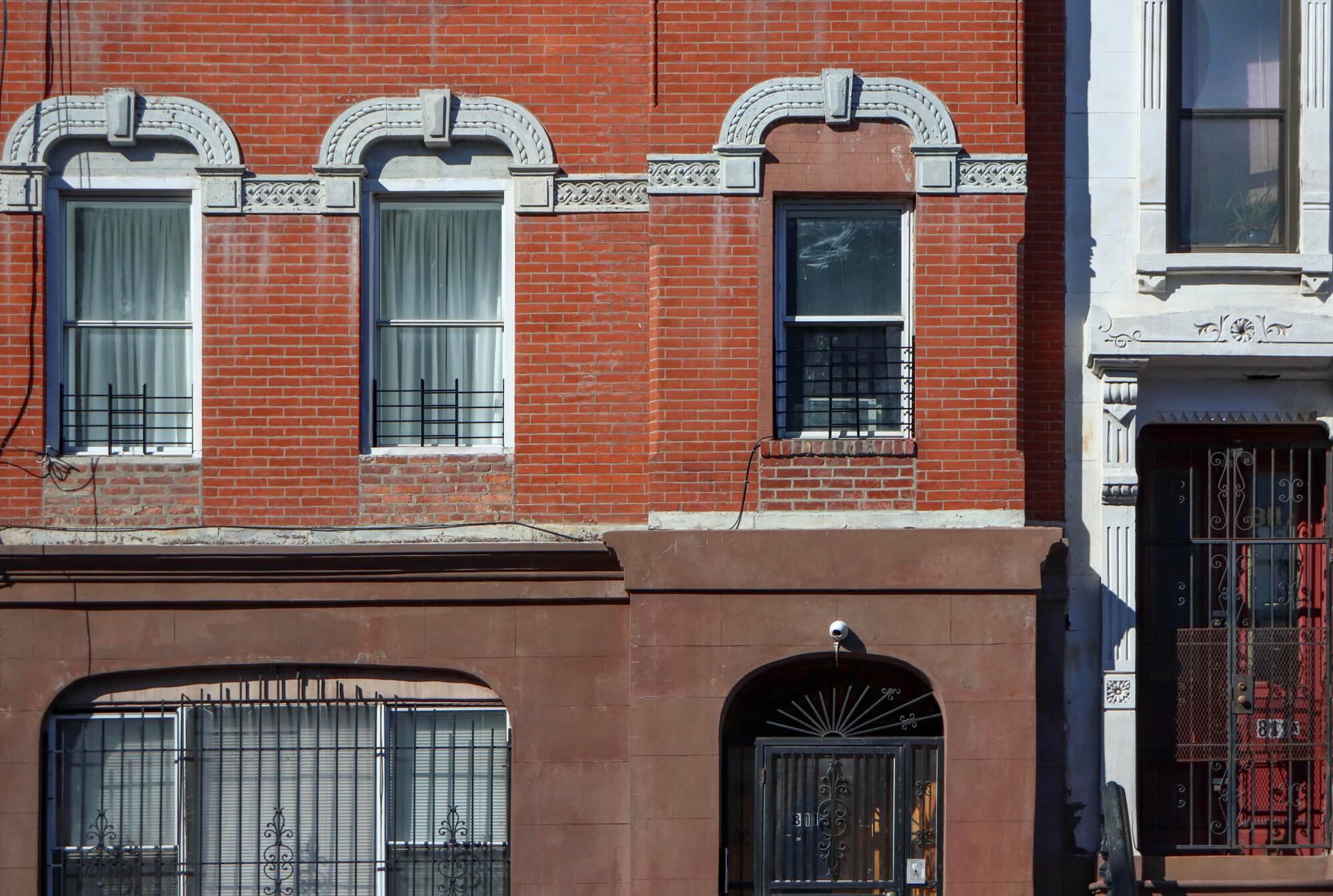
At 809 and 811 Willoughby Avenue, Theobald Engelhardt designed handsome, 25-foot-wide houses, located directly across from the large Roman Catholic church of St. John the Baptist, where Straub was a member. His daughter’s wedding took place at the church in 1898, with the reception at No. 809. The house had the usual set up, with a sitting and dining room and kitchen on the ground floor; back and front parlor, and hall room on the parlor floor; with four bedrooms and a bathroom on the third and fourth floors.
With not much light in the front of the house on the top floor, I would imagine that front room belonged to a servant. The back rooms would be better lighted, and probably went to children or extended family. Both buildings have very attractive terra-cotta details, and patterned slate roofs. Unfortunately, No. 811 has lost its original entrance and portico, and a lot of details on the exterior parlor floor levels of both houses may be gone too.

The house next door to Straub, No. 811, belonged to a Dr. F. E. Schlitz in 1891. He made the papers by running off with Roseanne Goble, a young domestic who was employed in his house for three years. He was much older, and had been a successful physician in Brooklyn for over 20 years. His wife accused Roseanne Goble of turning her husband against her, and said that he then abused her. She was suing for divorce, the house, and alimony. She probably got it.
Today, both Queen Anne style houses stand out on the block not only because of the size and amount of ornament, but because they are surrounded by much more modest Neo-Grec style houses. The massiveness of St. John’s College and St. John the Baptist Church across the street only adds to the attractiveness of these two houses. This must have been quite the block in its day.
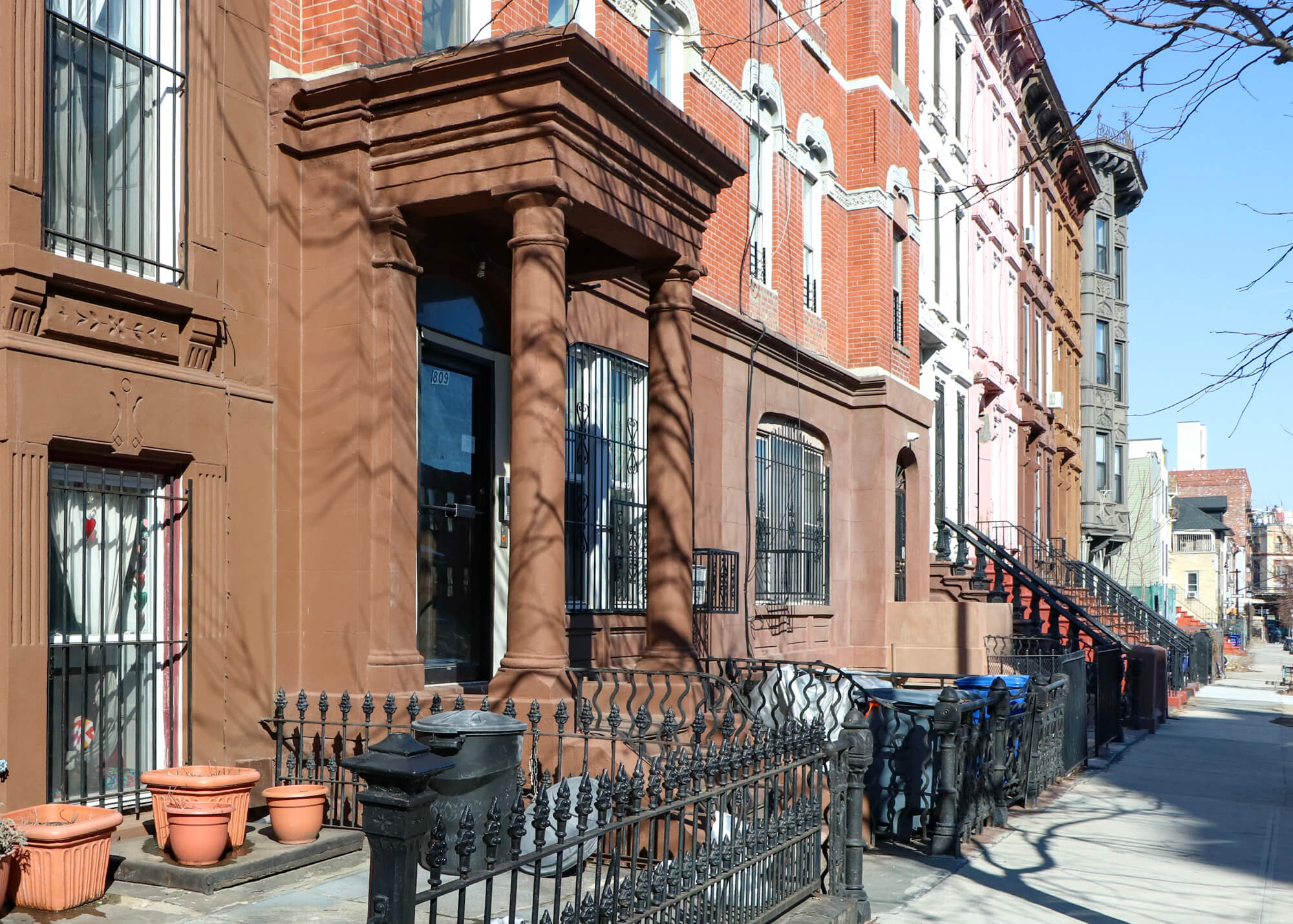
[Photos by Susan De Vries]
Related Stories
- Theobald M. Engelhardt, Architect
- French Apartment Living in Stuyvesant Heights
- The Fanciful Bed Stuy Row Houses of a Little Known Architect
Email tips@brownstoner.com with further comments, questions or tips. Follow Brownstoner on Twitter and Instagram, and like us on Facebook.

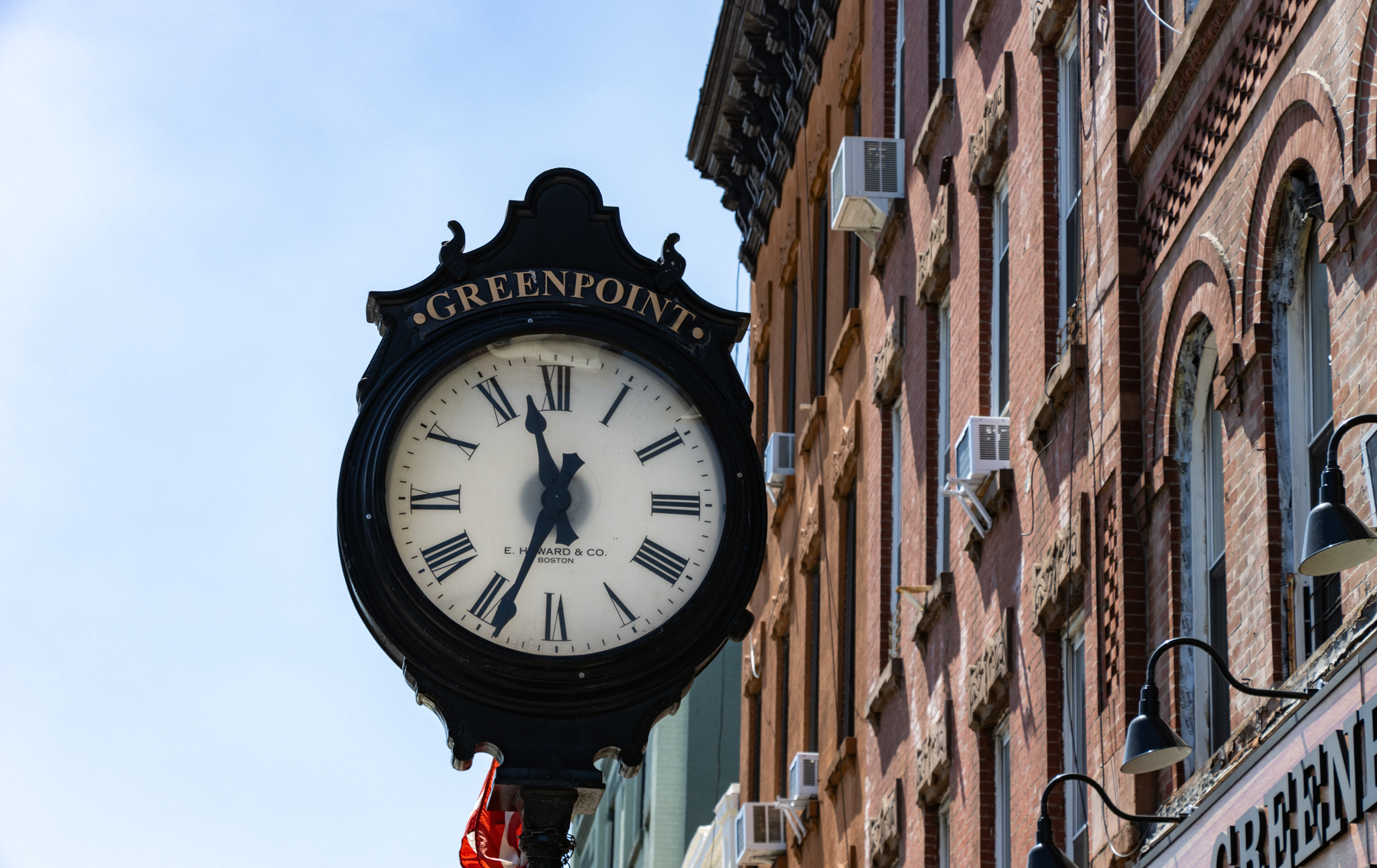
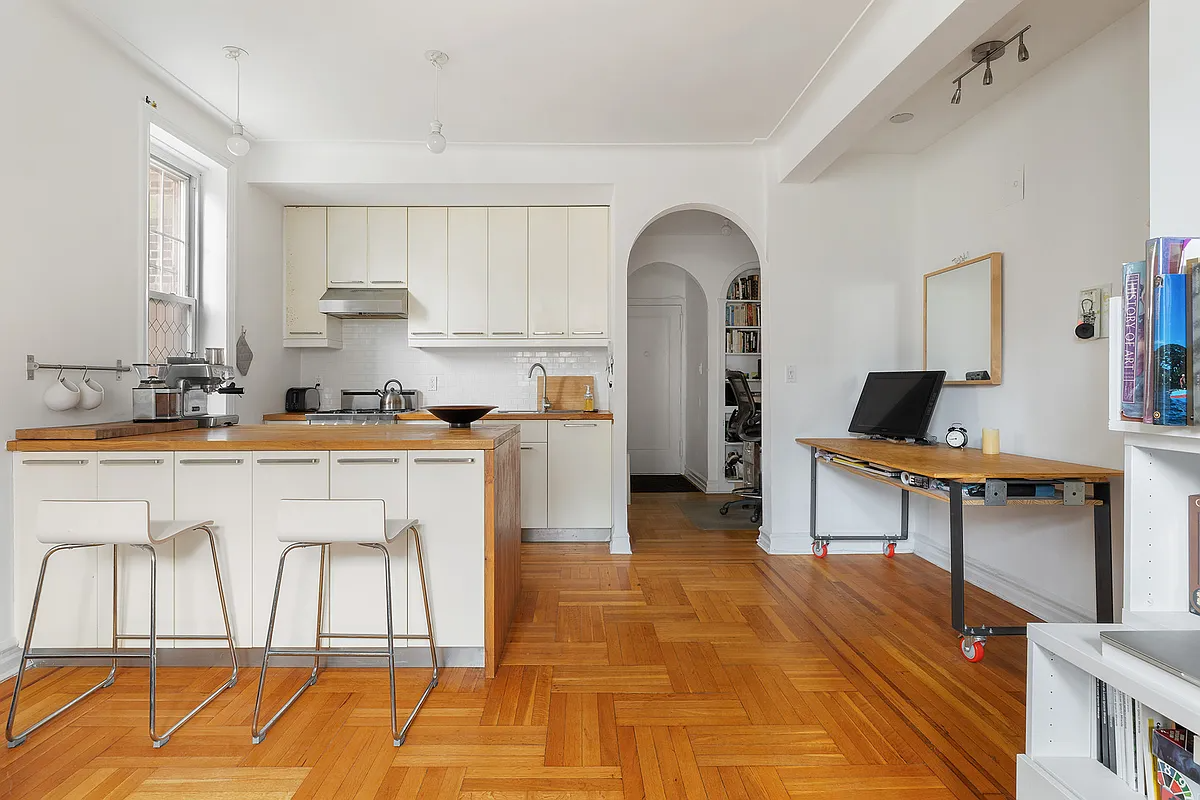
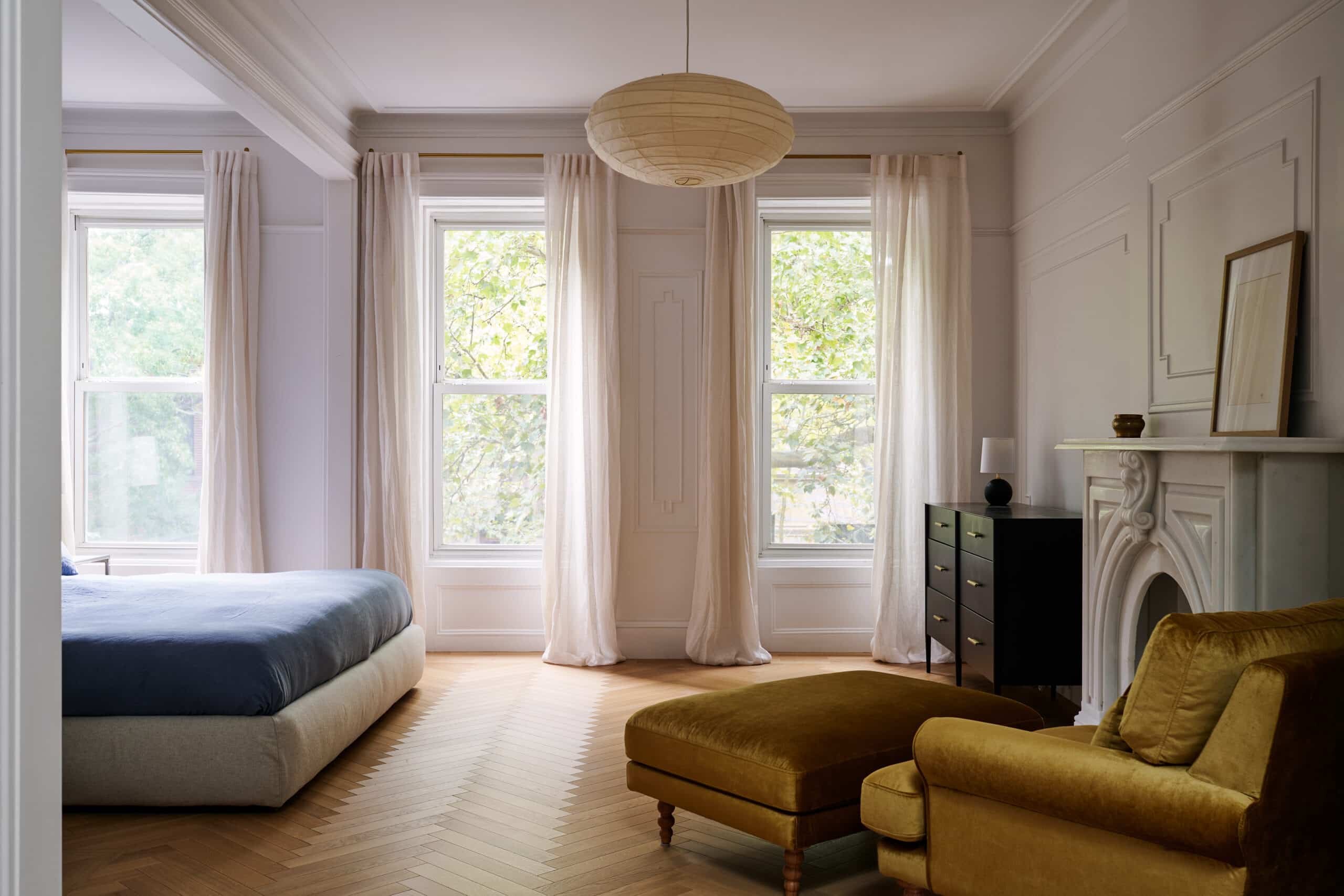
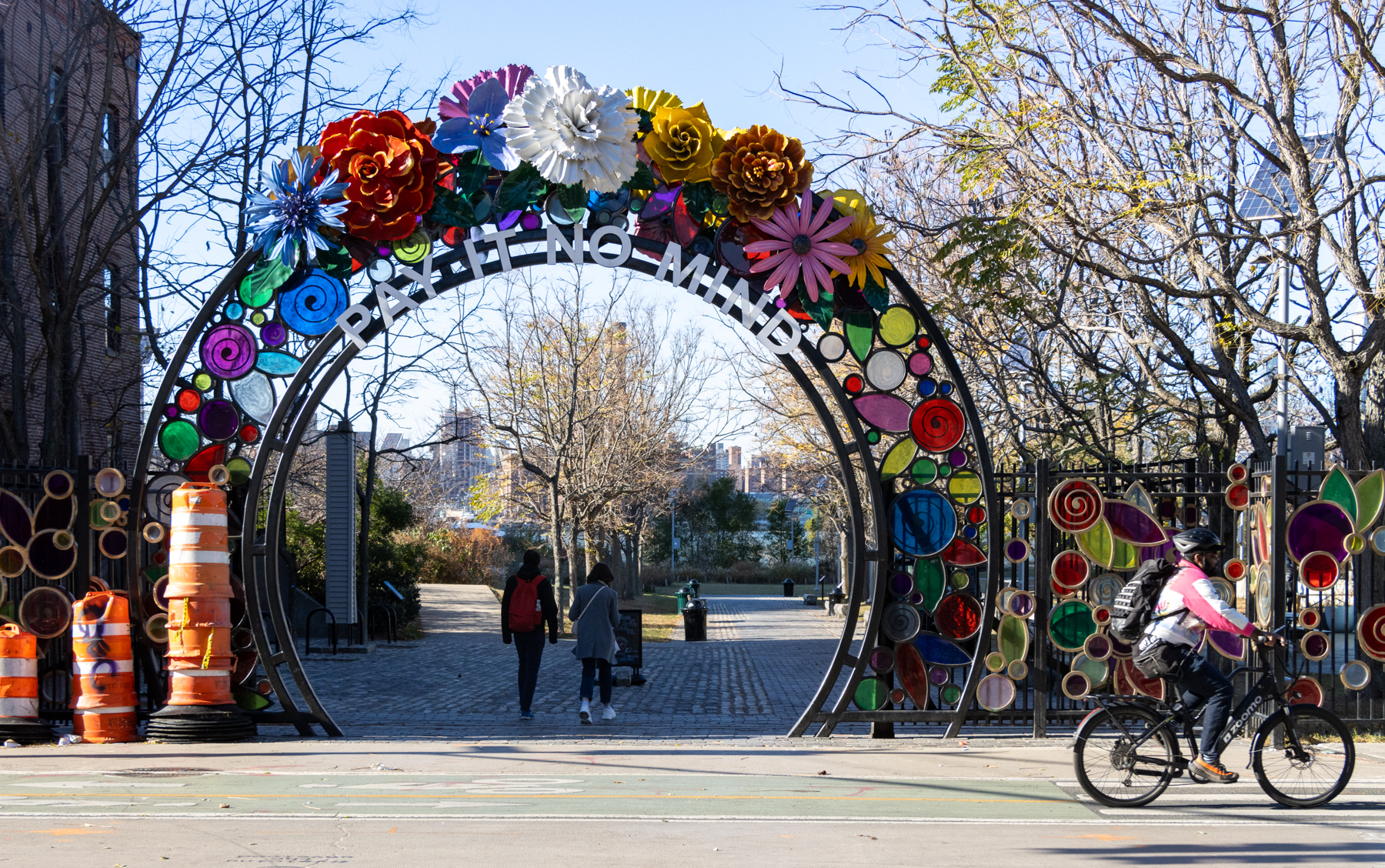




What's Your Take? Leave a Comment